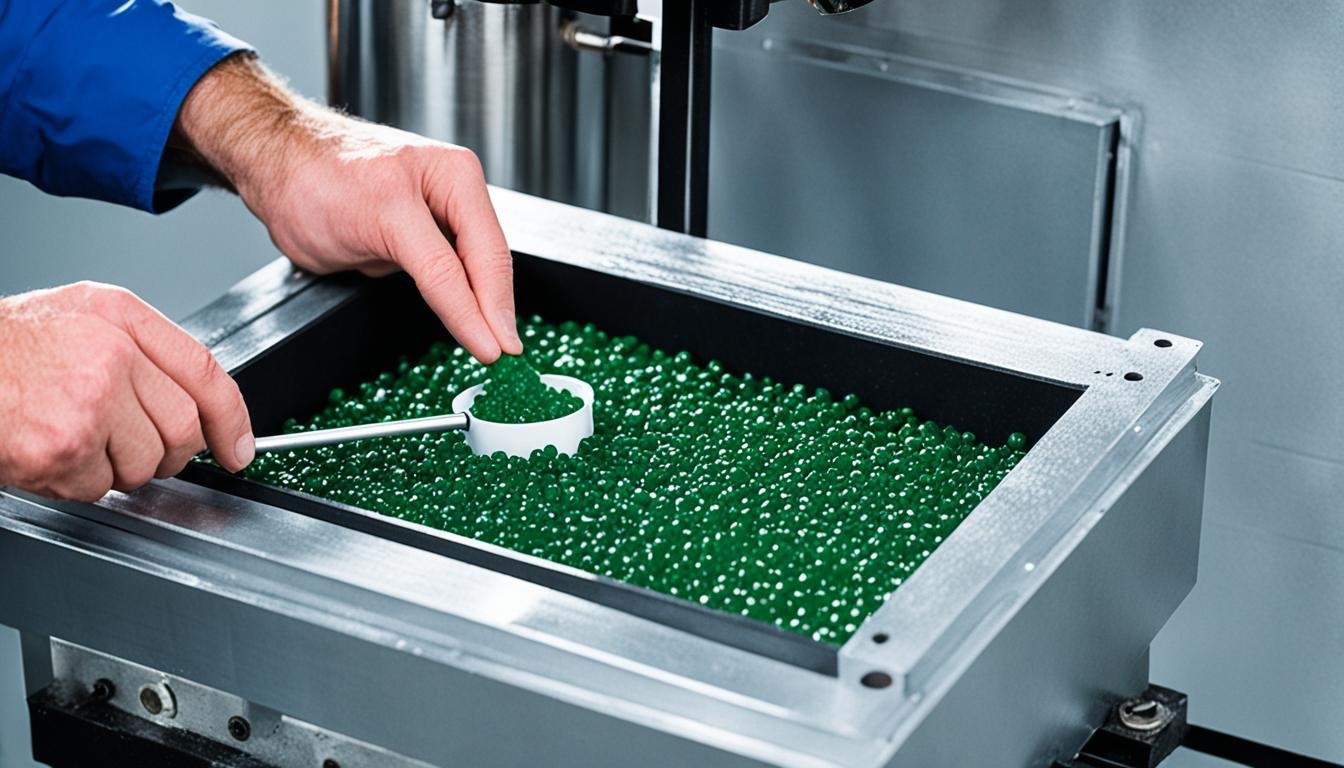
The Impact of Thermal Expansion on Injection Molding Optical Lenses
In the world of precision manufacturing, the THY Precision Injection Molding Optical Lenses process is key for making plastic parts, like optical lenses. This process depends a lot on temperature, pressure, and material properties. Thermal expansion is a big factor that can change the quality and accuracy of these lenses. Have you thought about how this affects the final product and what can be done to lessen its impact? Let’s dive into the world of thermal expansion and Injection Molding Optical Lenses of optical lenses together.
Key Takeaways
- Thermal expansion is a big deal in making optical lenses with Injection Molding Optical Lenses. It can mess with the size and how the lens works.
- Knowing how the Injection Molding Optical Lenses process works is key to dealing with thermal expansion issues.
- Designing the mold right and picking the right material are important ways to fight thermal expansion in making lenses.
- Checking the quality of the lenses is crucial to make sure they work well every time.
- Keeping up with new tech and best practices helps manufacturers handle thermal expansion better.
Understanding Injection Molding Optical Lenses process step by step
The Injection Molding Optical Lenses process is a top-notch way to make many plastic parts. It uses two key parts: the clamping unit and the injection unit.
The Clamping Unit and Injection Unit
The clamping unit keeps the mold’s two halves together during the Injection Molding Optical Lenses process. It makes sure the mold is tightly closed. This lets the melted plastic fill the mold without leaking.
The injection unit is the core of injection molding. It melts the plastic, like granules or pellets, with heat and friction. Then, it pushes the melted plastic into the mold.
The Injection Molding Optical Lenses Cycle
The injection molding cycle has several steps. It starts with melting the plastic in the injection unit’s heated barrel. Then, the melted plastic is injected into the mold under pressure.
As it cools and hardens, the mold stays closed to keep the shape. Finally, the mold opens, and the ejected part comes out.

The clamping unit and injection unit work together for top-quality injection molded parts. They make sure the parts meet the needed standards and work well.
The Injection Molding Optical Lenses
At THY Precision, we know that making high-quality optical lenses is all about the details. The way plastic changes size when heated and cooled is key. This change, called thermal expansion, can mess up the lens shape if not handled right.
Managing thermal expansion is crucial in making optical lenses. The amount of change depends on the plastic type, the mold design, and how it’s processed. If not managed, lenses won’t meet the needed quality and specs.
To fight thermal expansion, THY Precision uses smart mold designs and picks the right materials. Our experts look at the plastic and mold to make sure lenses are perfect. By controlling the molding process, we make sure our lenses are top-notch for our clients.
| Plastic Material | Thermal Expansion Coefficient (x10^-6/°C) |
|---|---|
| Polycarbonate (PC) | 65-70 |
| Polymethyl Methacrylate (PMMA) | 55-70 |
| Polystyrene (PS) | 60-80 |
| Polyethylene Terephthalate (PET) | 50-60 |
This table shows how different plastics change size with heat. Knowing this helps us make lenses consistently and accurately.
“Mastering the injection molding process step by step, including the management of thermal expansion, is essential for producing high-quality optical lenses that meet the stringent requirements of our customers.”
Selecting the Right Materials
Choosing the right plastic also affects how much thermal expansion a lens has. At THY Precision, we pick materials with low thermal expansion carefully. This choice helps lessen the impact of temperature changes, giving us lenses that stay stable and clear.
| Material | Thermal Expansion Coefficient (10^-6/°C) |
|---|---|
| Polycarbonate (PC) | 65-70 |
| Polymethyl Methacrylate (PMMA) | 55-80 |
| Cyclic Olefin Copolymer (COC) | 40-60 |
| Polyetherimide (PEI) | 30-50 |
By using the best mold design and materials, THY Precision makes the injection moulding process step by step for lenses reliable. This means our products always meet high quality standards.

Quality control and inspection
At THY Precision, making optical lenses through the injection moulding process step by step is a detailed task. We focus on quality control and checking every step to make sure our lenses are top-notch. This careful process helps us avoid issues caused by thermal changes, which are key for lens performance and trustworthiness.
The injection moulding process step by step starts with watching and adjusting important factors like melt temperature, injection pressure, and cooling time. These elements are vital for keeping lens quality steady and reducing thermal expansion effects. Our skilled team watches these closely, making changes as needed to keep production perfect.
After making the lenses, THY Precision checks them thoroughly. We look at their size, how well they work optically, and check for any flaws. With these strict quality control steps, we make sure our lenses meet or beat industry standards.
| Key Quality Control Checkpoints | Inspection Criteria |
|---|---|
| Melt Temperature | Maintained within optimal range to prevent thermal-related distortions |
| Injection Pressure | Carefully controlled to ensure uniform lens thickness and surface quality |
| Cooling Time | Optimized to minimize residual stresses and maintain lens shape integrity |
| Dimensional Accuracy | Precise measurements to ensure lenses meet specified tolerances |
| Optical Performance | Thorough testing of optical properties, such as refractive index and light transmission |
With these strict quality control and inspection steps, THY Precision makes sure our lenses are not just high-quality but also reliable over time. This dedication to quality makes us stand out and keeps our customers coming back.
Conclusion
The injection moulding process is key for making high-quality optical lenses. It’s important to manage thermal expansion well to make precise optics. By knowing the steps of the process, THY Precision can tackle thermal expansion issues effectively.
Improving mold design, picking the right plastic resins, and strict quality checks help THY Precision beat thermal expansion challenges. These steps ensure THY Precision makes top-notch optical lenses. They deliver great performance and reliability to customers.
THY Precision leads in making high-quality optical lenses by focusing on the injection moulding process. They pay special attention to thermal expansion. This makes sure customers get precise, durable, and high-performance optical components.



